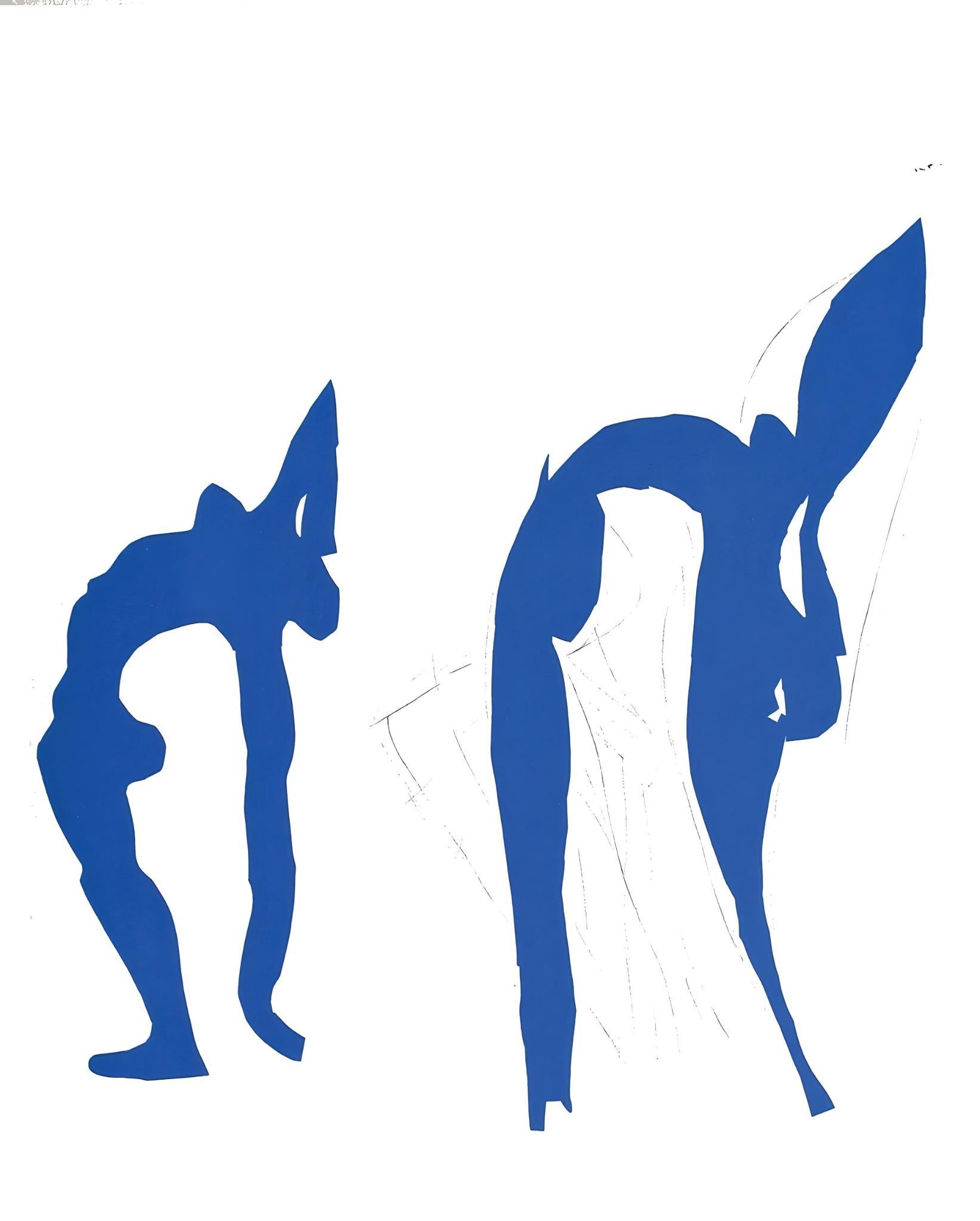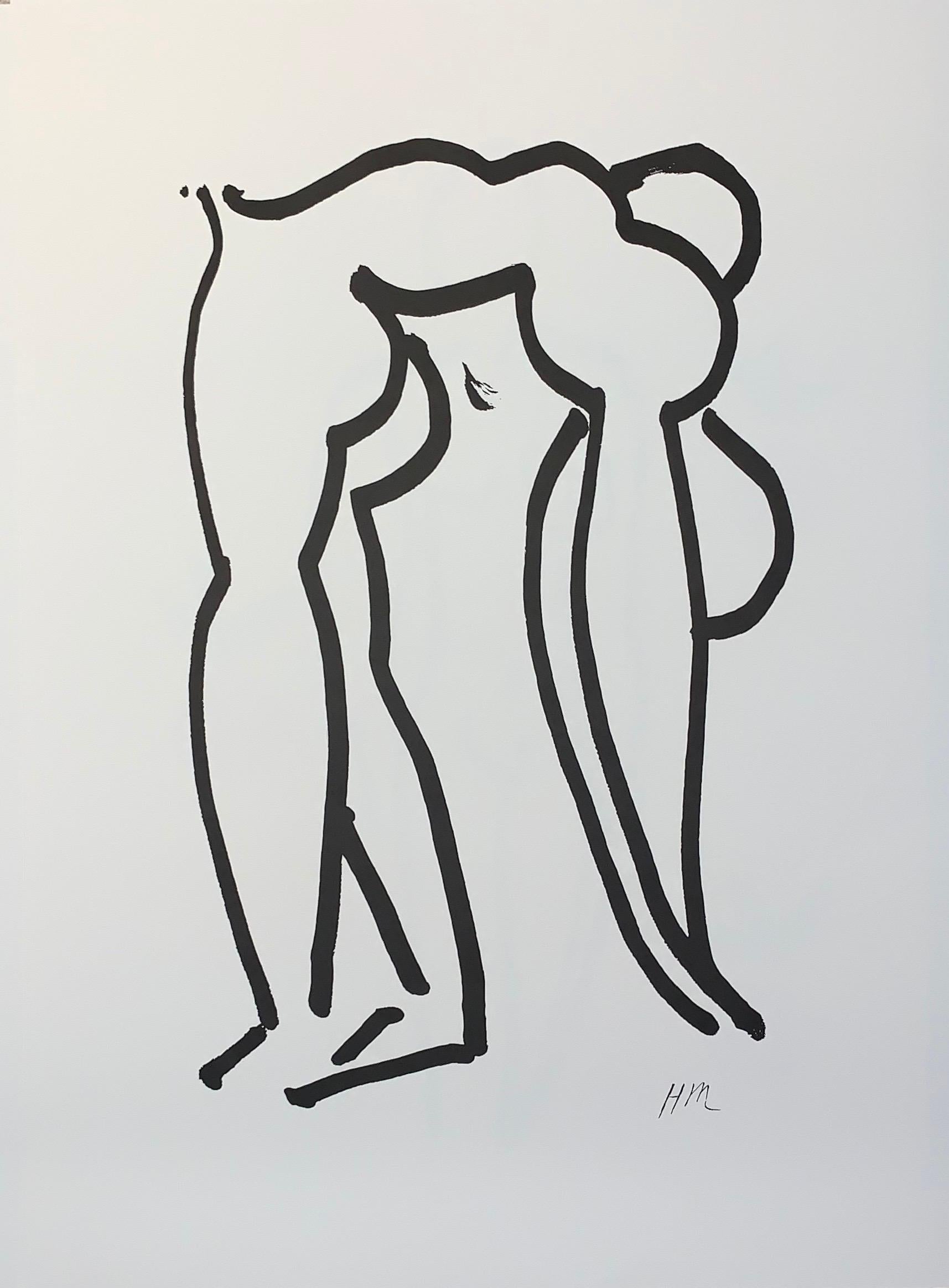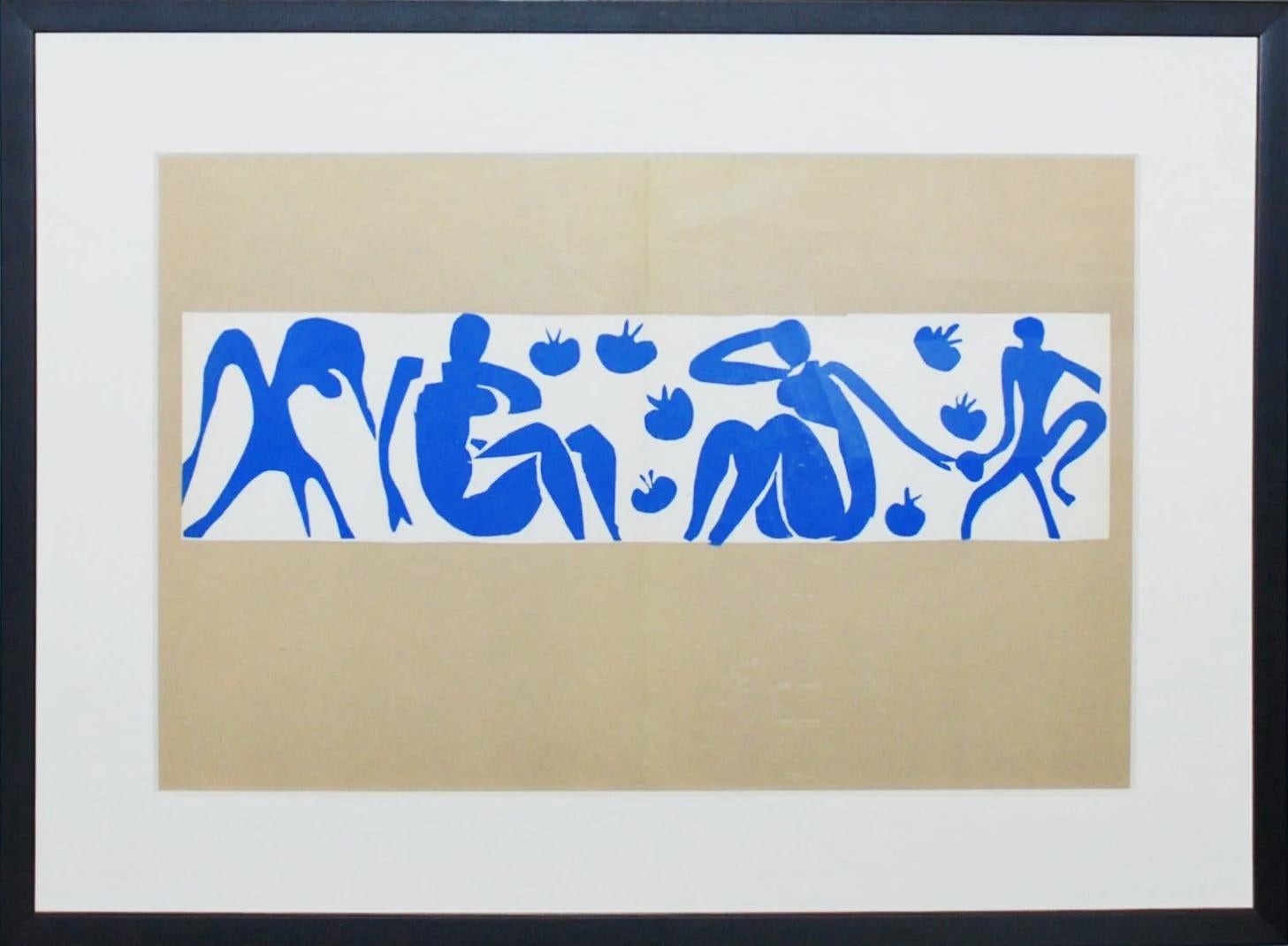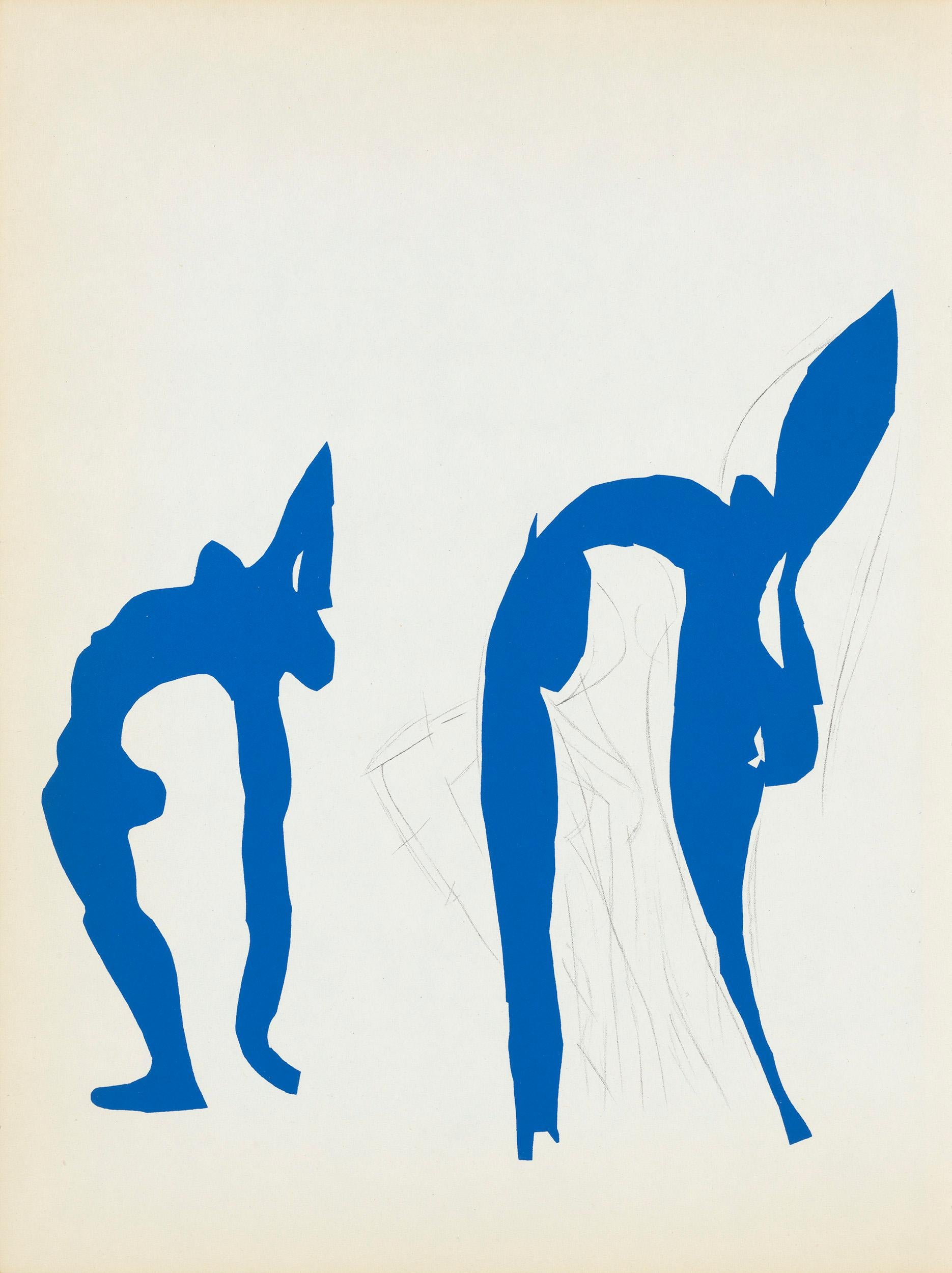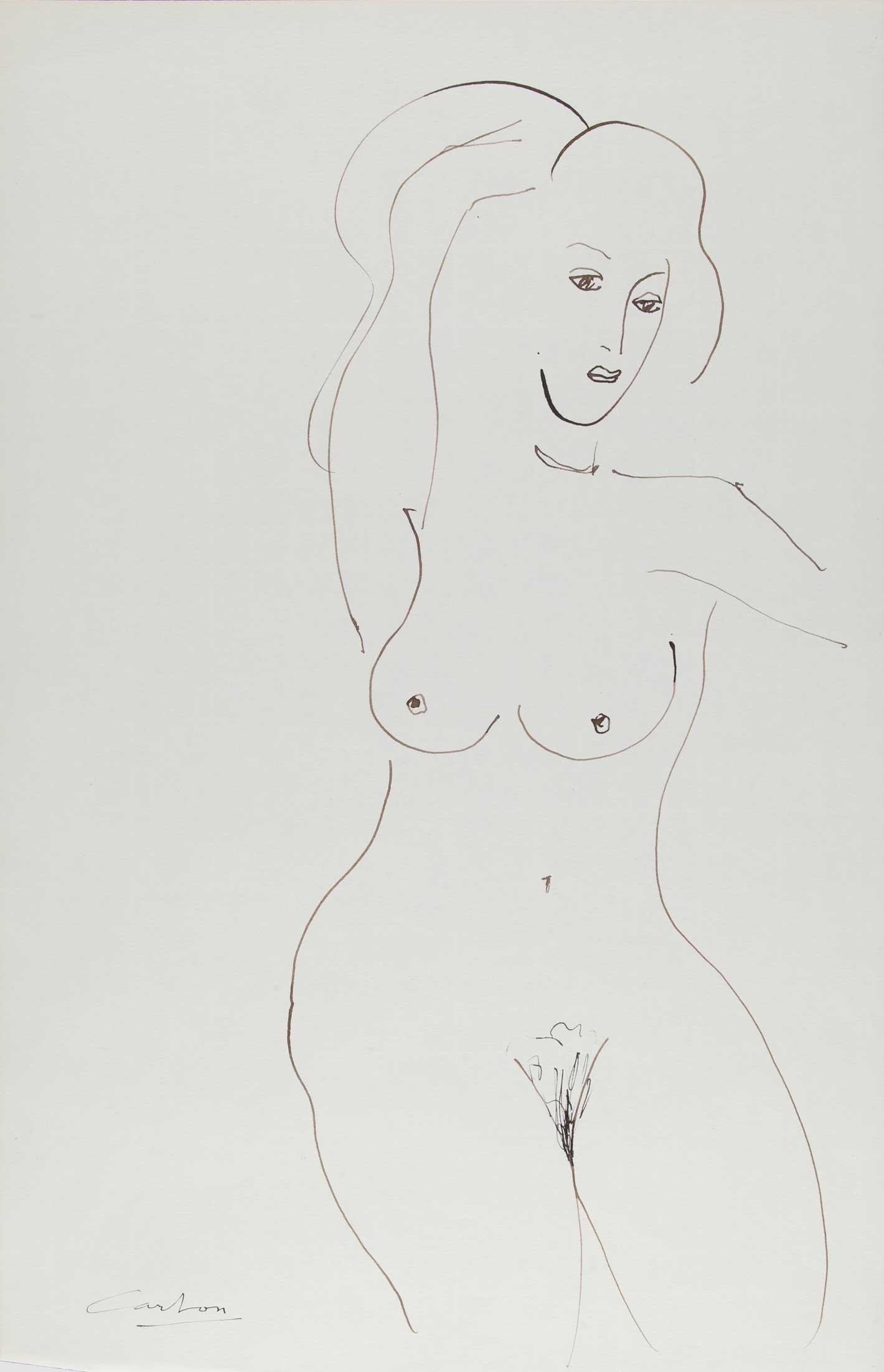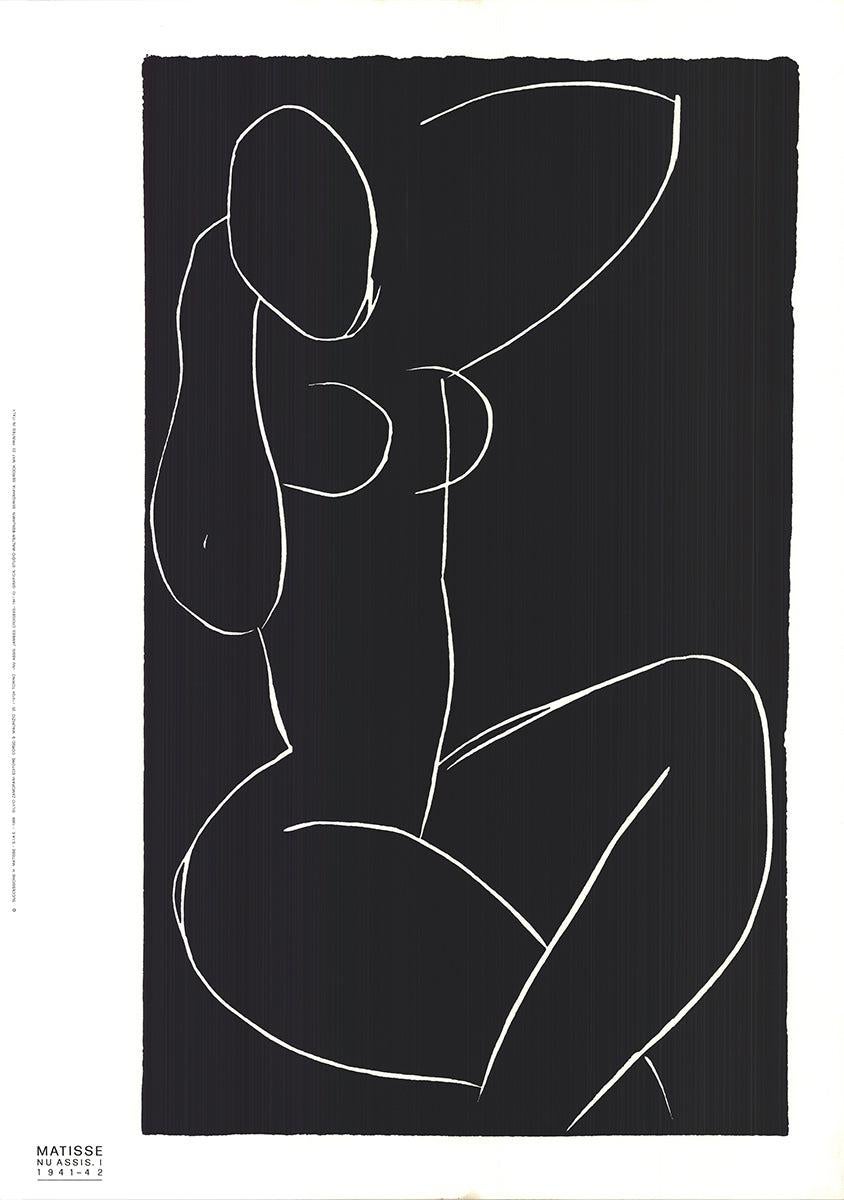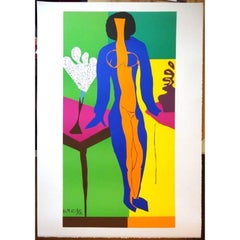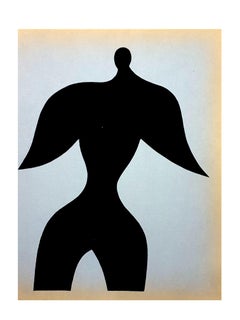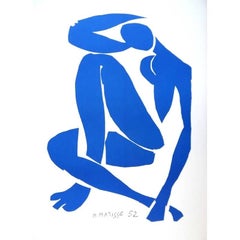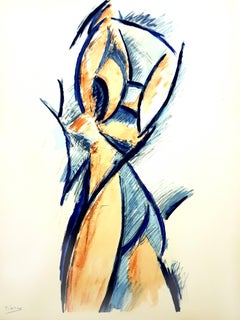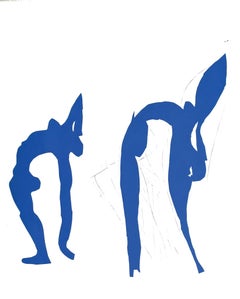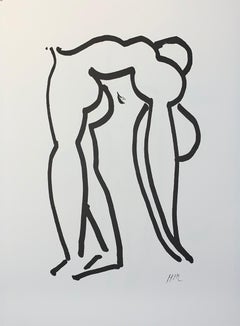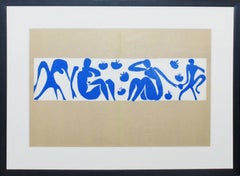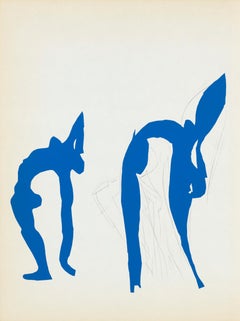Items Similar to after Henri Matisse - Acrobat
Want more images or videos?
Request additional images or videos from the seller
1 of 7
after Henri Matisse - Acrobat
$1,544.39
£1,158.57
€1,300
CA$2,138.32
A$2,323.98
CHF 1,245.44
MX$28,217.30
NOK 15,635.78
SEK 14,499.81
DKK 9,903.59
About the Item
after Henri Matisse - Acrobat
Edition of 200
with the printed signature, as issued
76 x 56
With stamp of the Succession Matisse
References : Artvalue - Succession Matisse
- Dimensions:Height: 29.93 in (76 cm)Width: 22.05 in (56 cm)Depth: 0.04 in (1 mm)
- Medium:
- Movement & Style:
- After:Henri Matisse (1869-1954, French)
- Period:
- Condition:
- Gallery Location:Collonge Bellerive, Geneve, CH
- Reference Number:1stDibs: LU161210201262
About the Seller
4.9
Gold Seller
Premium sellers maintaining a 4.3+ rating and 24-hour response times
Established in 2015
1stDibs seller since 2015
970 sales on 1stDibs
Typical response time: 1 hour
- ShippingRetrieving quote...Shipping from: Collonge Bellerive, Geneve, Switzerland
- Return Policy
More From This Seller
View Allafter Henri Matisse - Zulma - Lithograph
By Henri Matisse
Located in Collonge Bellerive, Geneve, CH
after Henri Matisse - Zulma - Lithograph
Artist : Henri MATISSE
posthumous edition of 200 after the original paper cut-out
signature printed in the plate
80 x 60 cm
With stamp of t...
Category
Mid-20th Century Modern Nude Prints
Materials
Lithograph
after Jean Arp - Pochoir
By Jean Arp
Located in Collonge Bellerive, Geneve, CH
after Jean Arp - Pochoir
1957
Dimensions: 32 x 24 cm
From the art review XXe siècle
Unsigned and unumbered as issued
Category
1950s Surrealist Abstract Prints
Materials
Stencil
after Henri Matisse, "Sitting Blue Nude"
By Henri Matisse
Located in Collonge Bellerive, Geneve, CH
Lithograph after Henri Matisse - Sitting Blue Nude
Artist : after Henri MATISSE
Edition of 200
76 x 56 cm
With stamp of the Succession Matisse
References : Artvalue - Succession Ma...
Category
1950s Modern Nude Prints
Materials
Lithograph
Woman - Pochoir
By (after) Pablo Picasso
Located in Collonge Bellerive, Geneve, CH
After Pablo Picasso - Woman - Pochoir
Dimensions: 48.5 x 36 cm
1962
Signed in the plate
Edition of 260
Daniel Jacomet, LEDA, Editions d'Art
Pablo Picasso
Picasso is not just a man ...
Category
1960s Modern Figurative Prints
Materials
Archival Paper, Pigment
Jean Cocteau - Young Woman - Drawing
By Jean Cocteau
Located in Collonge Bellerive, Geneve, CH
Jean Cocteau - Young Woman - Drawing
Circa 1912
27 x 21 cm
Unsigned
With an attestation of authenticity by Annie Guédras,
Jean Cocteau
Writer, artist and film director Jean Cocte...
Category
1920s Modern Figurative Prints
Materials
Ink
after Henri Matisse - Nude With Oranges - Lithograph
By Henri Matisse
Located in Collonge Bellerive, Geneve, CH
after Henri Matisse - Nude With Oranges
Edition of 200
printed signature, as issued
76 x 56 cm
Posthumous edition after the original drawing with the stamp of the Succession Matisse ...
Category
Mid-20th Century Modern Figurative Prints
Materials
Lithograph
You May Also Like
Henri Matisse, Acrobates, from Verve, Revue Artistique, 1958 (after)
By Henri Matisse
Located in Southampton, NY
This exquisite lithograph after Henri Matisse (1869–1954), titled Acrobates (Acrobats), from Verve, Revue Artistique et Litteraire, Vol. IX, No. 35–36, originates from the 1958 issue...
Category
1950s Modern Landscape Prints
Materials
Lithograph
$956 Sale Price
20% Off
Free Shipping
L'Acrobate - Color Lithograph - 2007 - Henri Matisse
By (after) Henri Matisse
Located in Sint-Truiden, BE
Color lithograph after the work by Henri Matisse, plate-signed by Matisse from the edition of 200.
This lithograph was printed and published in 2007 in Paris using 100% cotton 300 g...
Category
Early 2000s Fauvist Nude Prints
Materials
Handmade Paper, Lithograph
$451 Sale Price
20% Off
Femmes et Singes
By (after) Henri Matisse
Located in Washington, DC
Artist: Henri Matisse (after)
Title: Femmes et Singes
Portfolio: 1958 The Last Works of Henri Matisse
Medium: Lithograph
Date: 1958
Edition: 2000
Frame Size: 20" x 27"
Sheet Size: 14...
Category
1950s Abstract Nude Prints
Materials
Lithograph
Acrobates
By Henri Matisse
Located in London, GB
Lithograph in colours based on the cut-out of the same title, 1952
From 'Verve' Magazine Volume IX, Nos 35 & 36: 'Dernières Oeuvres de Matisse 1950-54'
Pr...
Category
1950s Modern Figurative Prints
Materials
Lithograph
Nude Study (7)
By Norman Carton
Located in Columbia, MO
Norman Carton
Norman Carton (Russian American, 1908–1980), a vibrant force in Abstract Expressionism, was known for his dynamic use of color and expressive, gestural brushwork. Born...
Category
20th Century Abstract Figurative Prints
Materials
Paper, Ink
Henri Matisse 'Nu Assis I' Serigraph
By Henri Matisse
Located in Brooklyn, NY
"Nu Assis I" is a large serigraph reproduction by Henri Matisse, utilizing his renowned cut-out technique. Released by Silvio Zamorani Editore in Italy, this print has the approval o...
Category
1980s Modern Prints and Multiples
Materials
Screen
More Ways To Browse
K Thomas
Boys Art Nude
Pablo Picasso 347 Series
Watanabe Mikio
Wesselmann Blonde
Dali Nude Lithograph
Nude Woodblock Print
Abbott Handerson Thayer
Chiquita Banana Vintage
Pablo Picasso Vollard Suite
Print Nude Boy
Dali Nu
Lasar Segall
Original Erotic Art
Tom Wesselmann On Sale
Salvador Dali Nu A La
George De Groat
Tom Wesselmann Shiny Nude
